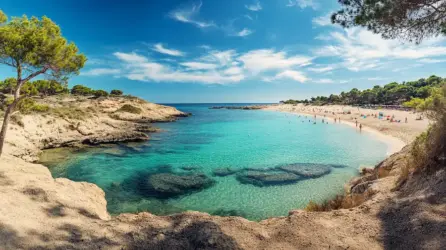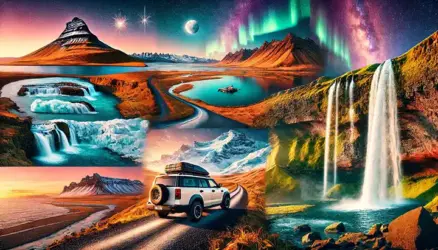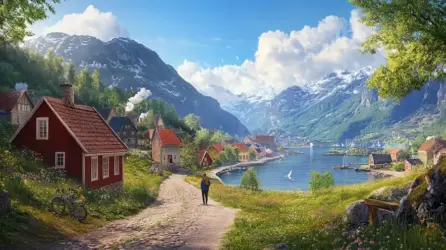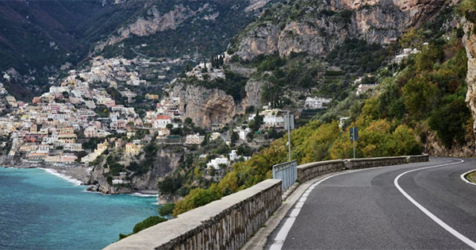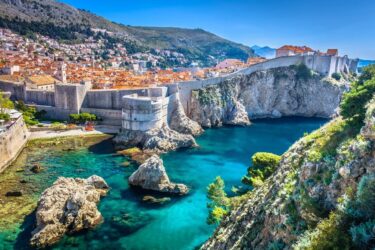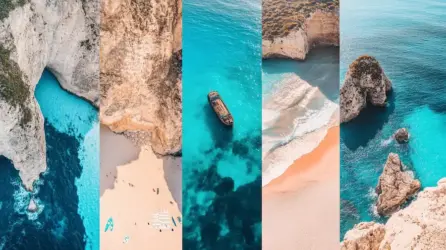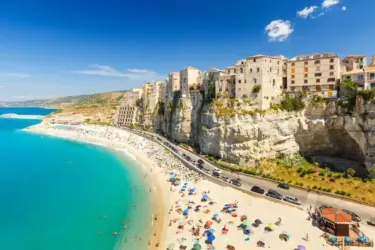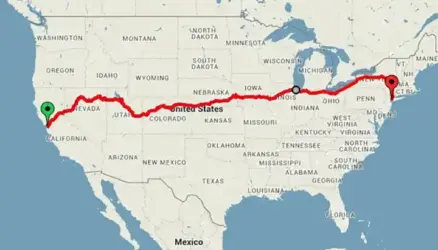Mystical Monoliths: Exploring Iconic Rock Formations Around the World
From the towering pinnacles of the American Southwest to the dramatic sea stacks of the Scottish coast, our planet is dotted with spectacular rock formations. These natural sculptures, carved by the relentless forces of erosion and time, offer not only a window into geological history but also serve as awe-inspiring landmarks that attract travelers from all corners of the globe. This article highlights some of the most iconic rock formations around the world, including the striking Hvitserkur in Iceland.
Hvitserkur, Iceland
On the Vatnsnes Peninsula in northern Iceland stands Hvitserkur, a stunning 15-meter-high basalt stack that resembles a dragon drinking from the North Atlantic Ocean. According to local legend, Hvitserkur is a petrified troll who forgot to retreat from the light and was turned to stone in the sunrise. The formation is particularly striking due to its distinct shape and the rich birdlife that nests on its ledges. Visitors can capture stunning photographs at sunrise or sunset when the silhouette of Hvitserkur casts a haunting figure against the lighted sky.
The Wave, Arizona, USA

Located in the Vermilion Cliffs National Monument, The Wave is a mesmerizing sandstone rock formation known for its undulating forms and the bold, striped patterns that sweep across its surface. This geological wonder is accessible only by a challenging hike and a limited-entry permit system that protects its fragile beauty. The Wave’s intricate layers are the result of millions of years of wind and water erosion and make it a favorite subject for photographers and nature enthusiasts.
Twelve Apostles, Victoria, Australia
Off the shore of Victoria’s Great Ocean Road lie the Twelve Apostles, a series of massive limestone stacks that rise majestically from the Southern Ocean. Despite the name, only eight apostles can be seen today, as the others have succumbed to erosion over time. These dramatic formations were created by the relentless pounding of the ocean waves, which gradually eroded the softer limestone, leaving the stacks isolated from the cliff from which they were once part.
Giant’s Causeway, Northern Ireland
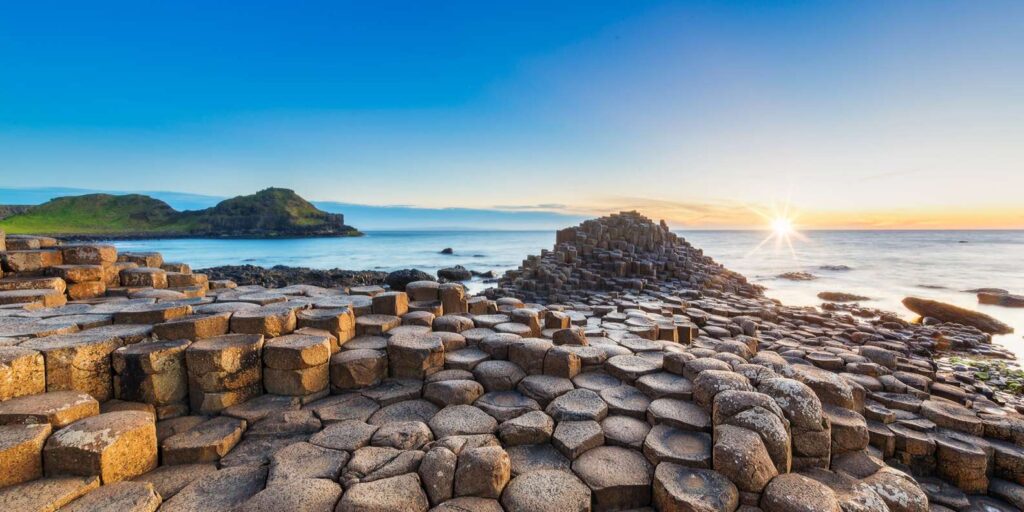
The Giant’s Causeway is an area of about 40,000 interlocking basalt columns, the result of an ancient volcanic fissure eruption. According to legend, the columns are the remains of a causeway built by a giant. The tops of the columns form stepping stones that lead from the cliff foot and disappear under the sea. Most of the columns are hexagonal, although some have four, five, seven, or eight sides. The symmetry and sheer scale of the formation make it one of the most popular tourist attractions in Northern Ireland.
Moeraki Boulders, New Zealand
Scattered along Koekohe Beach on the Otago coast of New Zealand are the Moeraki Boulders—large, spherical stones that have been naturally formed over millions of years. These boulders are concretions that have been exposed through shoreline erosion from coastal cliffs. They are unusually large and highly spherical, creating a surreal landscape that looks more like a scene from another planet than a typical beach.
A Journey Through Time and Nature
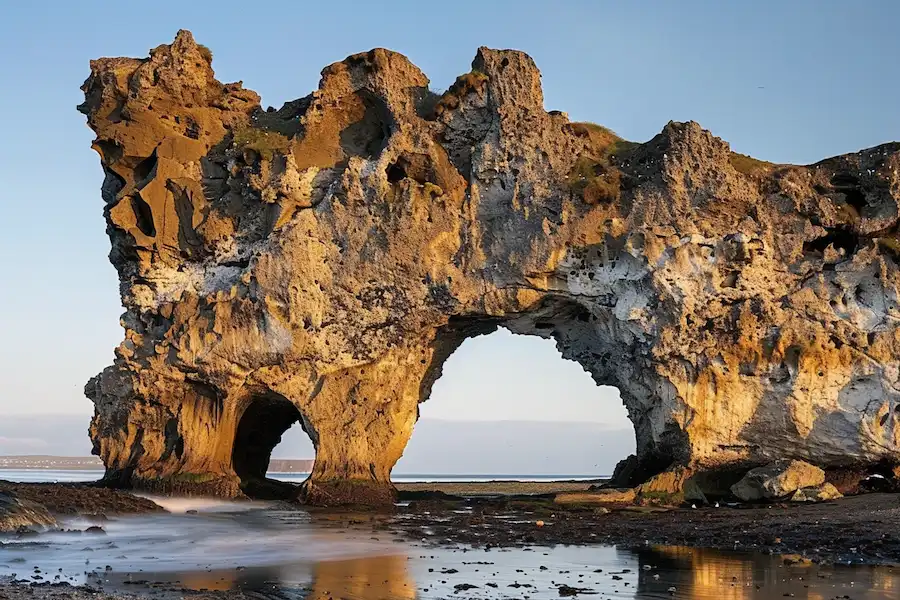
Each of these rock formations tells a story of Earth’s past, shaped by natural forces into breathtaking monuments that challenge our understanding of nature’s capabilities. From the eerie presence of Hvitserkur in the cold waters of Iceland to the warm, wave-sculpted curves of The Wave in Arizona, these geological wonders offer unforgettable experiences for travelers while highlighting the beauty and power of our natural world.







